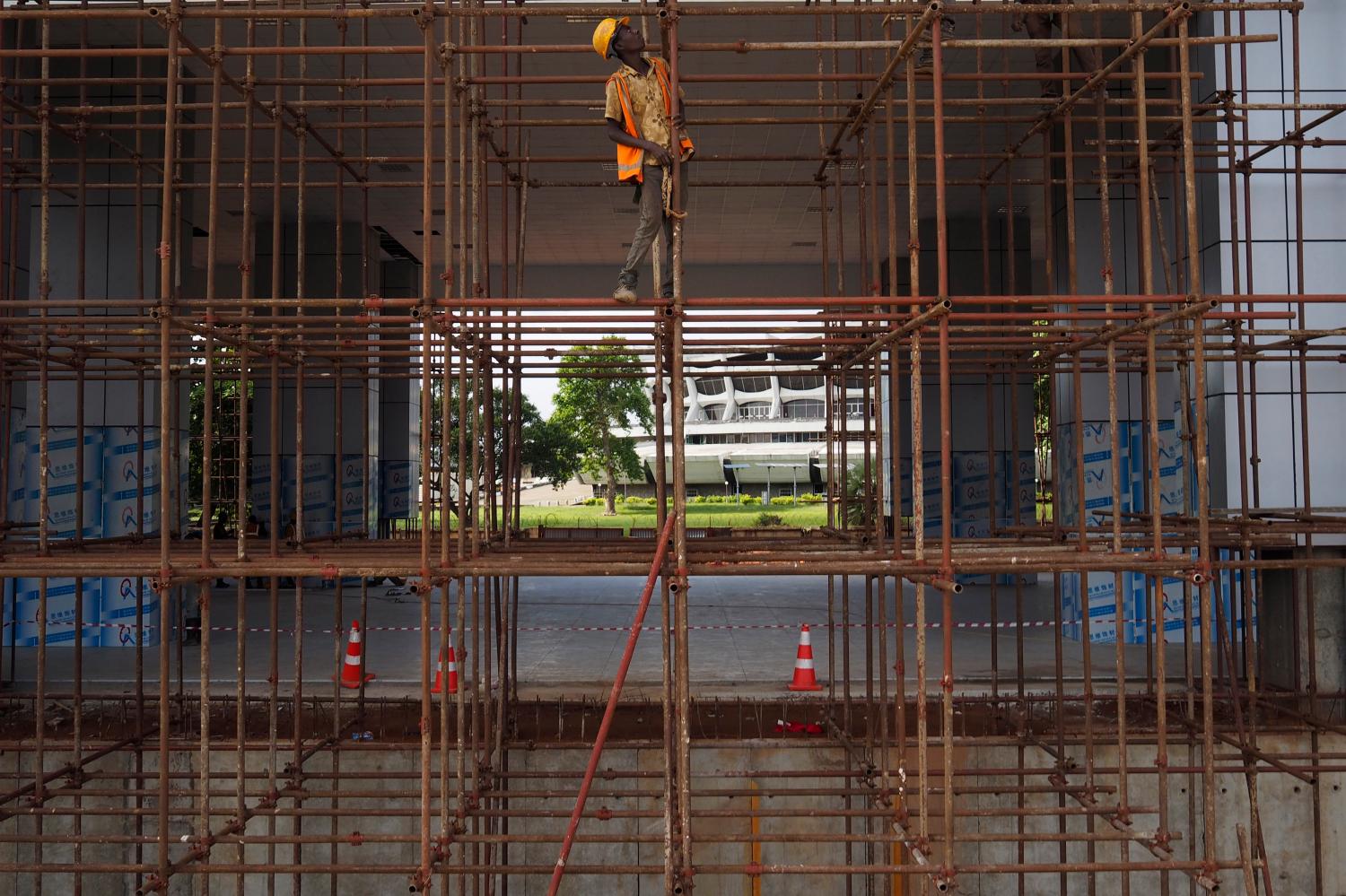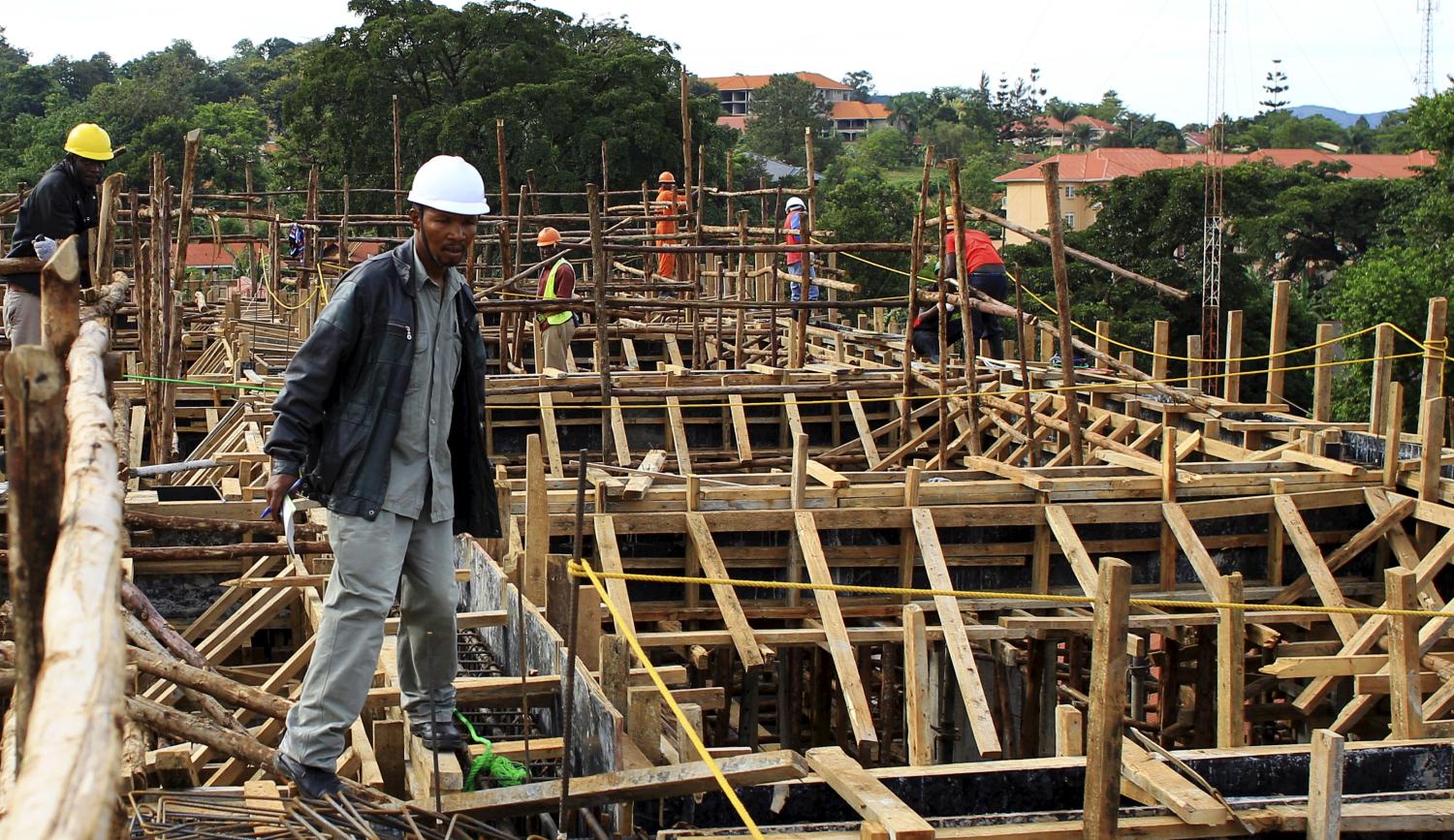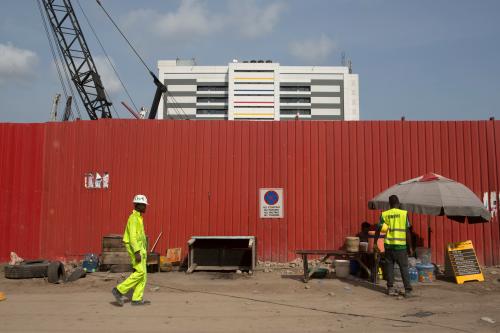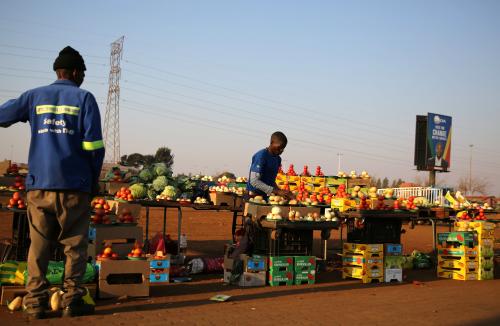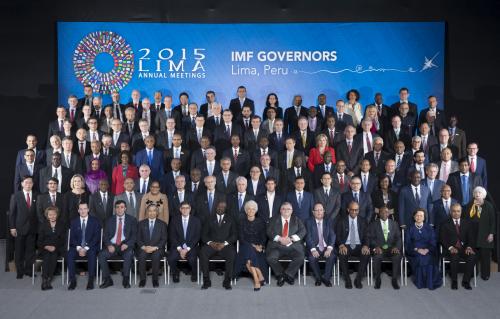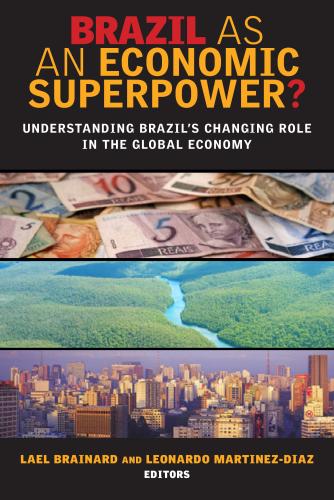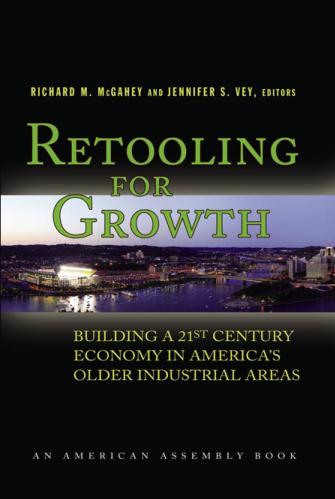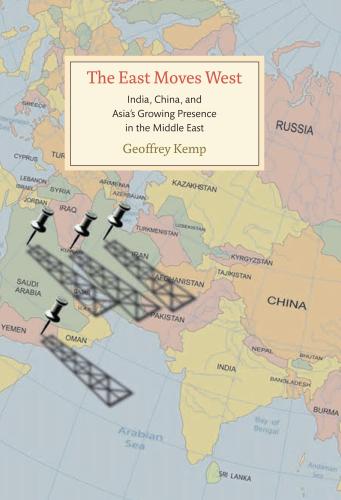Nigeria has maintained remarkable growth over the last decade, recording an average growth rate of 6.8 percent from a large economic base and the potential for further growth is reasonably high. Real gross domestic product (GDP) growth was estimated at 6.23 percent in 2014 compared to 5.49 percent in 2013. The rebasing of its GDP in April 2014 by the National Bureau of Statistics to better reflect the size and structure of the economy, saw it surge past South Africa to become Africa’s largest economy with a rebased GDP estimate of $454 billion in 2012 and $510 billion in 2013. The rebased GDP, using updated prices and improved methodology, also reveals a more diversified economy than previously thought. The Nigerian economy now appears to be more diversified, with rising contributions of previously undocumented services (including the entertainment industry) to GDP. In addition, as a result of banking sector reforms, especially the bank consolidation exercise of 2004, an increasing number of private Nigerian banks are present in many African countries.
However, given the country’s high population, per capita GDP was only $2,980 in 2013, ranking 131st in the world compared to South Africa which had a per capita GDP of $6,886 at 88th, according to the World Development Indicators (World Bank 2015). The rebasing also indicated that the Nigerian economy is transforming from an agrarian economy to a tertiary service economy, without going through the intermediate stage of industrialization. This atypical transition, the so-called ‘tertiarization’ that has so far failed to deliver quality jobs poses challenges for the sustainability and inclusiveness of economic growth in Nigeria.
Nor has recent growth translated into significant social and human development contrary to the postulates in the development literature that associate faster economic growth with poverty reduction. The 2010 Nigeria Poverty Profile Report by the Nigeria National Bureau of Statistics (NBS 2010a) estimated the poverty incidence at 69 percent in 2010, up from 54.4 percent in 2004, using the Harmonized National Living Standard Survey (HNLSS) of 2009/10. The country’s performance is at odds with the general international trend of poverty reduction, in particular in other countries experiencing rapid economic growth (Ajakaiye et al. 2014).
Nigeria’s socioeconomic indicators are also poor. The level of unemployment increased from 23.9 percent in 2011 to 25 percent in 2014, while the country’s human development index (HDI) value increased by only 8.1 percent in the last decade from 0.466 in 2005 to 0.504 in 2013, positioning the country at 152 out of 187 countries. Albeit marginal, Nigeria has made some progress in other development indicators. According to the UNDP (2014) HDI, which takes into account life expectancy and literacy as well as per capita GDP, life expectancy at birth increased by 6.9 years between 1980 and 2013, mean years of schooling increased by 0.2 years, and expected years of schooling increased by 2.3 years. Gross national income per capita also increased by about 25.7 percent between 1980 and 2013.
The country remains highly dependent on the oil sector as this sector accounts for about 70 percent of government revenues and 85 percent of exports. While oil revenues have helped support the country during times of boom, the oil sector also presents a major challenge during periods of burst. For example, crude oil prices lost over 50 percent in the last quarter of 2014 and traded close to $50pb at the end of the year. Consequently, the IMF, in its Article IV Consultation, had downgraded Nigeria’s growth forecast from 5 percent for 2015 to 4.8 percent.
The country’s vulnerabilities rose in the build up to general elections in 2015 and fiscal buffers reduced substantially. As a result of rising uncertainties prior to the elections, the Nigerian economy suffered some setbacks against the backdrop of weakening macroeconomic variables and massive outflows of foreign portfolio investments. In a bid to shore up the Naira value and preserve the external reserves, the Central Bank (CBN) devalued the Naira in November 2014 by 8.4 percent (SeeNews 2015). However with sustained pressure on the foreign exchange, the CBN shut down the official window in February 2015 implying another tactical devaluation of the Naira. This move led to relative stability in the currency market as the CBN intervened to meet excess demand through special interventions. Given continued efforts of the CBN to support the Naira in the face of declining oil prices, Nigeria’s external reserves plummeted to $30.3 billion as at March 17, 2015—barely enough to cover six months of imports—a threshold which posed a major threat to Nigeria’s balance of payments transactions.
Perceived neglect and economic marginalization have also fuelled resentment in the predominantly Muslim North. The militant Islamist group, Boko Haram, has grown increasingly active and deadly in its attacks against state and civilian targets, including the April 2014 abduction of 276 schoolgirls from Chibok which attracted extensive international attention.
Meanwhile, Nigeria’s democratic process was further consolidated with the relatively peaceful outcome of the general elections held in May 2015 which ushered in a new regime. For the first time in the country’s history, power was successfully transferred from a ruling government to the opposition. Elected officials both at the federal and state level are already confronted with a perfect storm in the area of the economy as a result of dwindling revenues. The challenges for the new administration include the diversification of the economy, blockage of fiscal leakages, prioritization of government expenditures to boost investment in critical infrastructure, and job creation. While intuition suggests that employment growth and poverty reduction are closely linked, there has been little research in this area in Nigeria apart from Treichel (2010). This paper therefore tries to fill this gap by studying the experience of Nigeria, where average annual economic growth has reached 6.8 percent in the last decade, but unemployment has been rising persistently. In line with the orientation of the project, the Nigerian case study intends to deepen our understanding of the character of Nigeria’s non-inclusive growth experience and identify the potential limits and constraints to inclusive growth experience and the likely domestic and external economic growth opportunities available for Nigeria in the medium- to long-term, and explore how these can be exploited.
Note: This paper is part of the African Lions project, which is a collaboration among United Nations University-World Institute for Development Economics Research (UNU-WIDER), the University of Cape Town’s Development Policy Research Unit (DPRU), and the Brookings Africa Growth Initiative and explores the key constraints facing six African economies as they attempt to maintain long-run economic growth and development trajectory.
The Brookings Institution is committed to quality, independence, and impact.
We are supported by a diverse array of funders. In line with our values and policies, each Brookings publication represents the sole views of its author(s).
